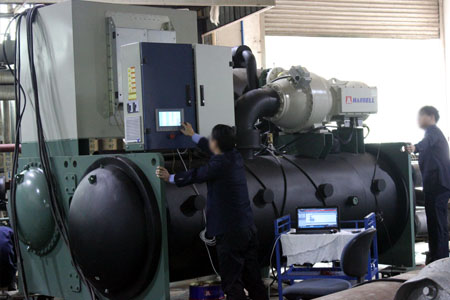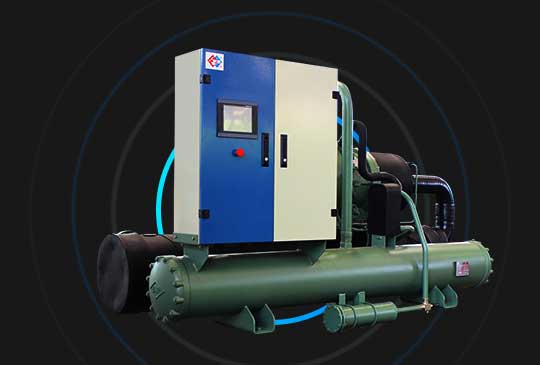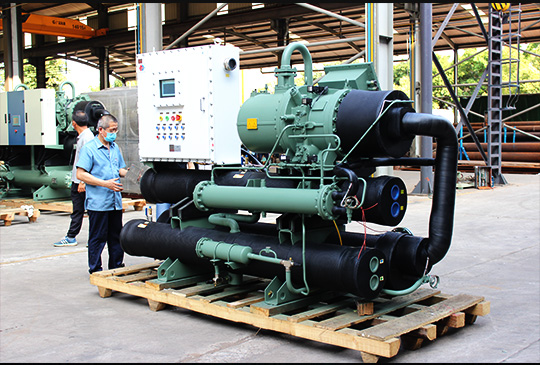As a high-end and precious furniture material in China, mahogany is produced in tropical regions, leguminous, and rosewood. Zuichu refers to red hardwoods with many varieties; after the 1980s, people's demand for redwoods has been increasing, and the industry needs to be regulated. , five genera, eight categories, twenty-nine species. Due to its slow growth, hard material, and a growth period of more than several hundred years, redwoods originated in southern my country, but few were felled as early as the Ming and Qing Dynasties. Today's redwoods are mostly produced in Southeast Asia, Africa, my country's Guangdong and Yunnan have cultivated and introduced cultivation. Of course, the color of huanghuali, Burmese pear, wenge and other wood will not be red. The wood pattern is beautiful, the material is hard and durable, and it is used for valuable furniture and arts and crafts. Mahogany is a kind of leguminous sandalwood wood in tropical regions, mainly produced in India, and also produced in Guangdong, Yunnan and Nanyang Islands in my country. It is a common precious hardwood. "Redwood" is a popular name in Jiangsu, Zhejiang and the north, and the area in Guangdong is commonly known as "suanzhimu".
One of the quality of mahogany furniture comes from the texture and color, minerals, resin and other properties of solid wood, and the other is the overall combination of carving and assembly to make the furniture more artistic and ornamental. Generally, solid wood furniture should be dried in the shade or dried. Shade drying is to dry the furniture wood indoors naturally, and drying is artificially produced hot air drying.
There are two factors in drying, one is external and the other is internal.
External factors: drying temperature, wood humidity, air circulation speed
Intrinsic factors: wood texture, wood thickness, wood moisture content, heartwood and sapwood, grain direction.
Drying temperature: The first step of mahogany furniture is drying. The main condition for drying is temperature. When the temperature rises, the evaporation of wood moisture will speed up and the moisture content of the wood will decrease. If the temperature is too high, the wood will crack and deform, and even discoloration will occur.
Wood humidity: No matter how the mahogany furniture handles the humidity inside the furniture, it will dehumidify to a certain extent and retain the humidity inside the wood to prevent cracking due to geographical humidity.
Air circulation speed: It also plays a very important factor in the drying process. The drying degree of wood is actually determined by the moisture content inside the wood. The air speed can enter the wood to speed up the evaporation of internal water.
Wood thickness: The wood drying process generally uses a one-dimensional heat and mass transfer process. The thicker the wood thickness of the home, the slower the drying process will be.
Wood moisture content: It is impossible for mahogany furniture to be 100% dry, and it is also very easy to cause cracking. Therefore, there will be some moisture inside the wood, and the less moisture in the solid wood drying process, the more difficult it is to dry.
Heartwood and sapwood: There is a certain difference between the heartwood and sapwood of mahogany, because the resin contained in the heartwood will be higher than that of the sapwood, and the minerals and moisture are basically the heartwood. Sometimes resin and minerals can clog the tree holes, so the heartwood is more difficult to dry during the drying process.
Grain direction: The grain direction of solid wood is consistent with the tree hole direction. Therefore, the drying of solid wood is carried out along the direction of the grain. If you find that the side is relatively dry and the two ends along the grain are relatively wet when purchasing furniture, you need to pay attention to whether the furniture has fully evaporated the internal moisture.
















